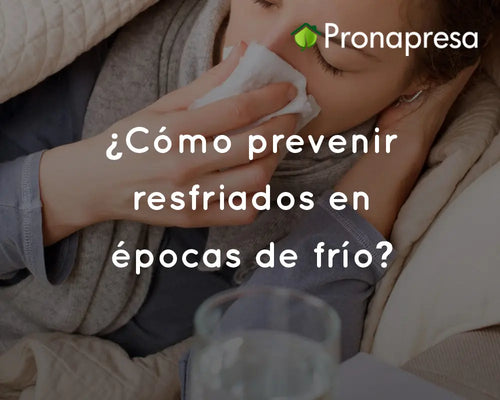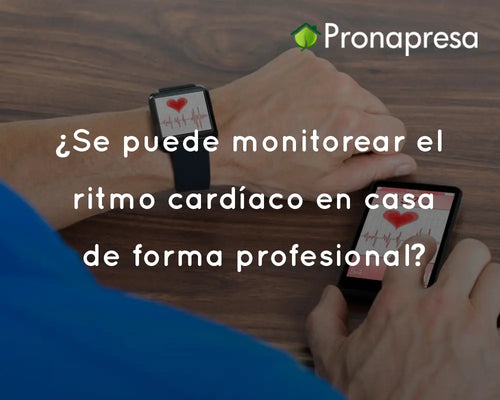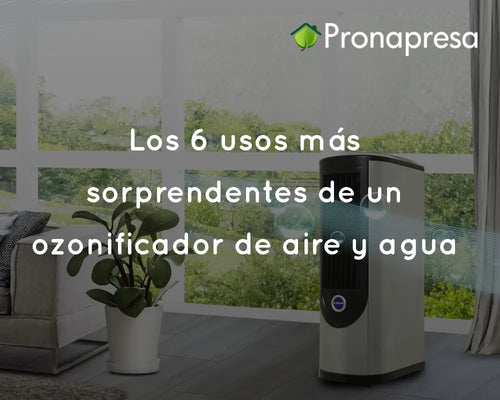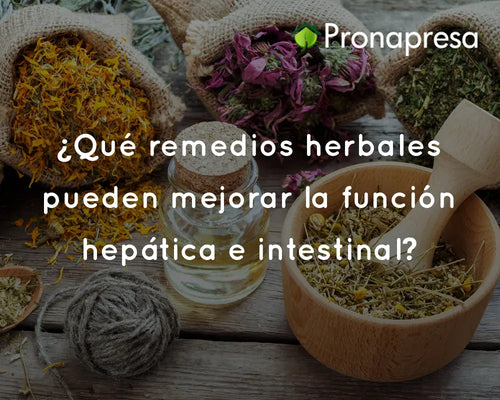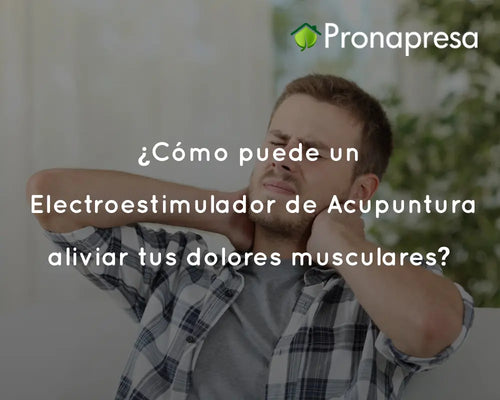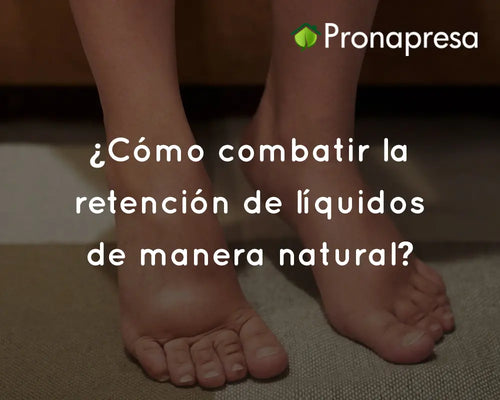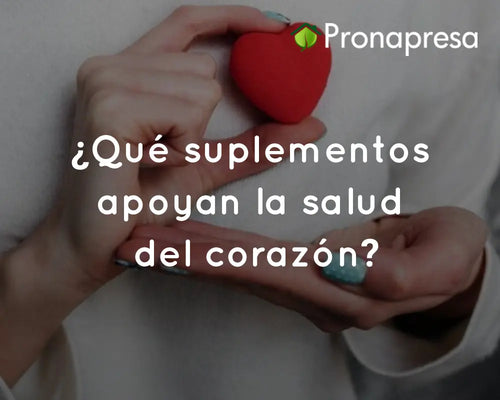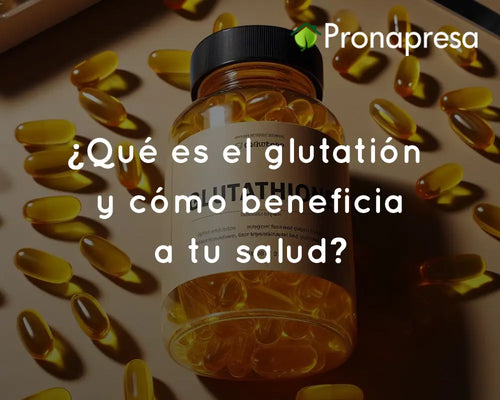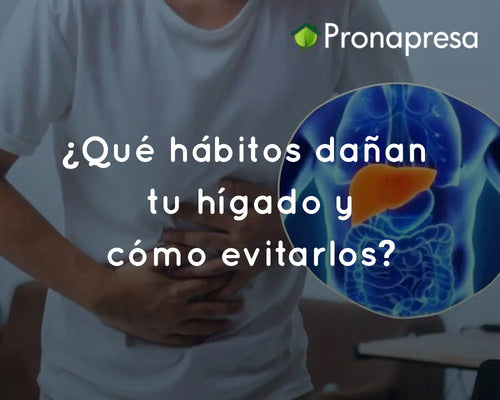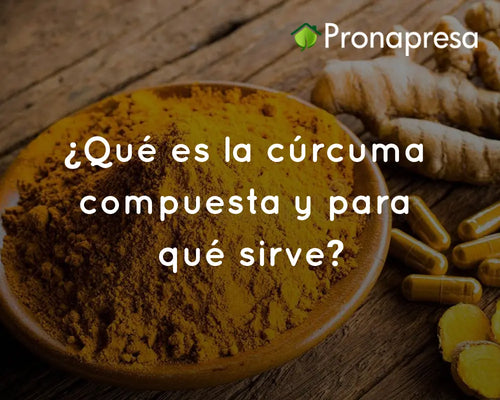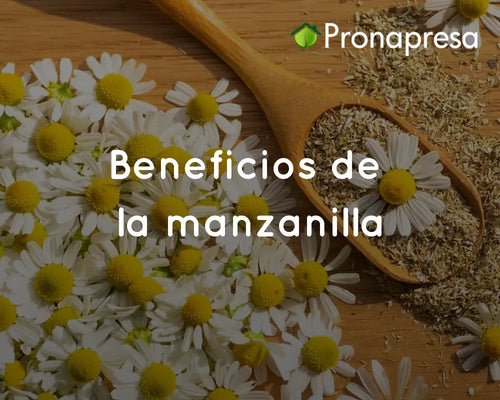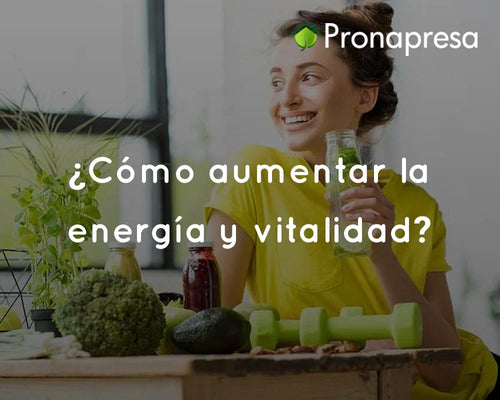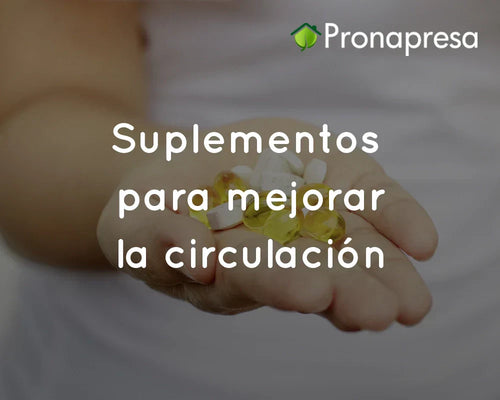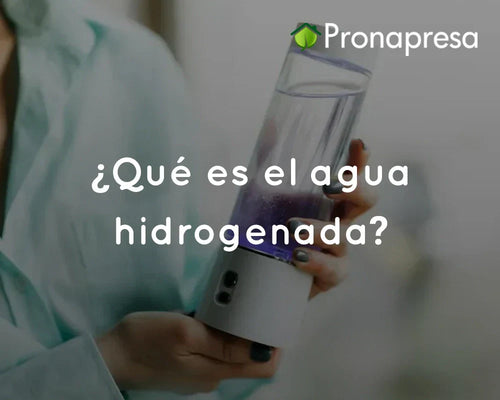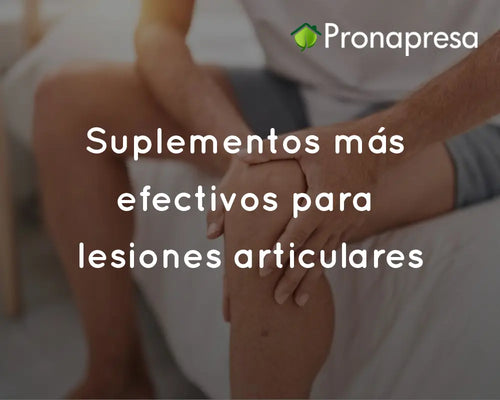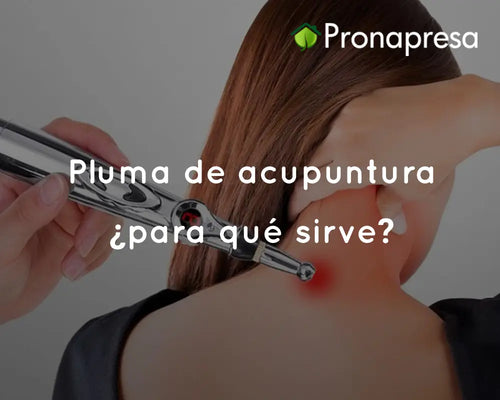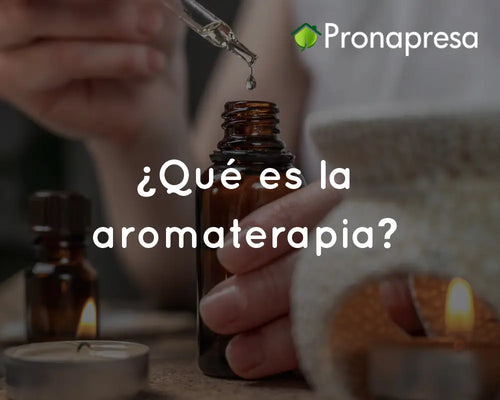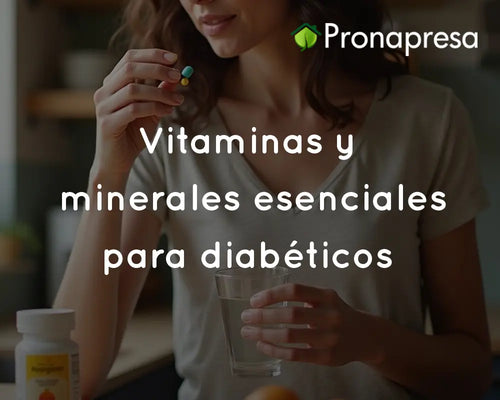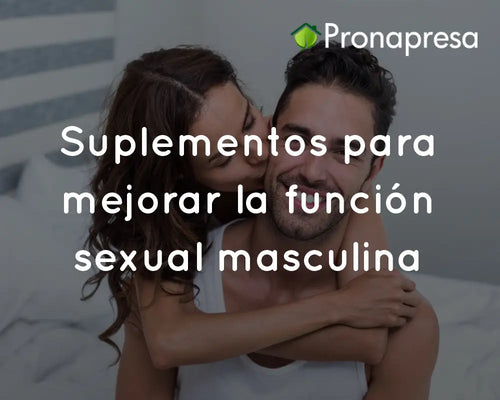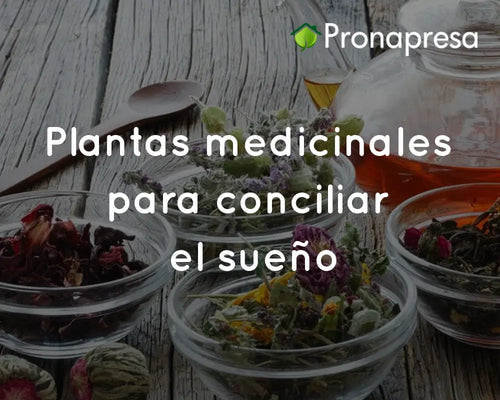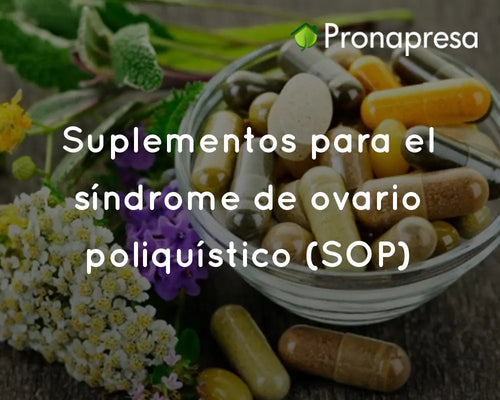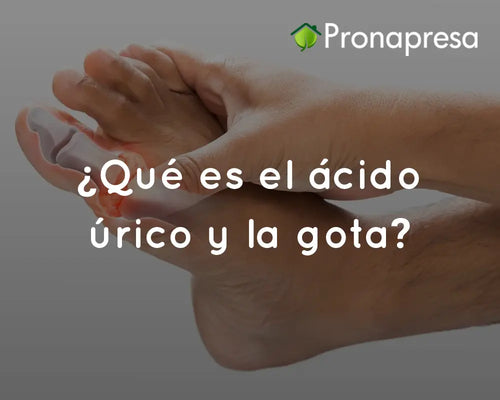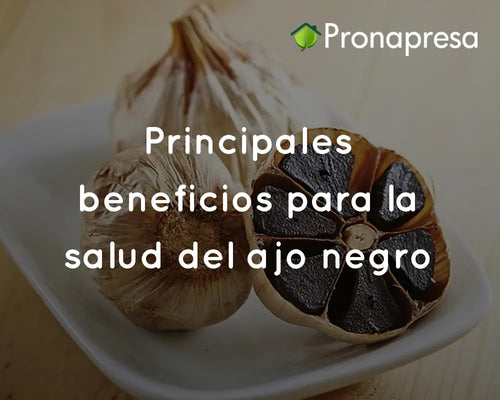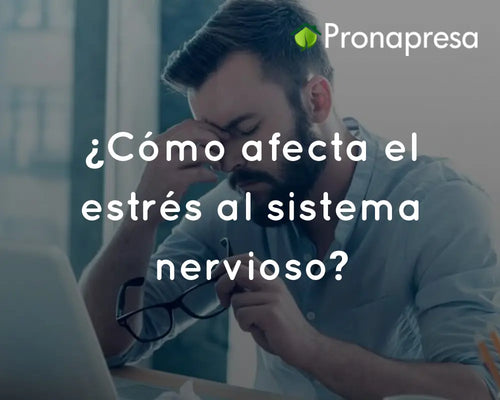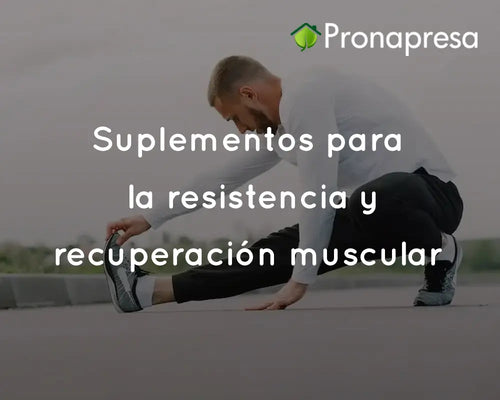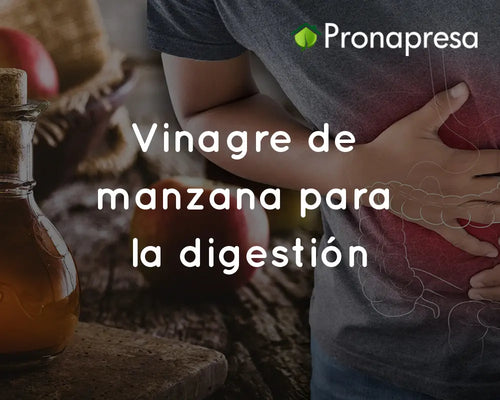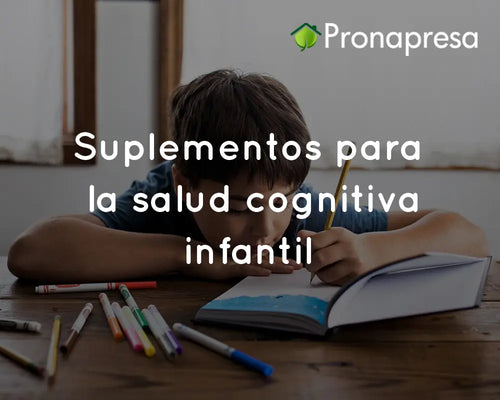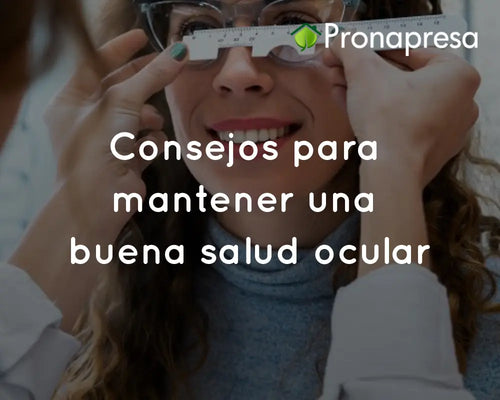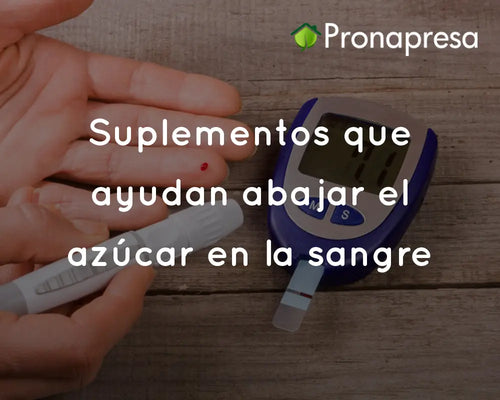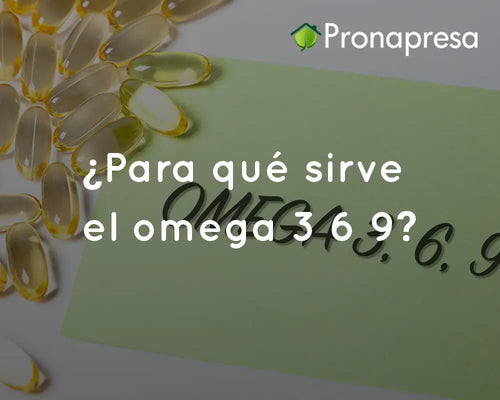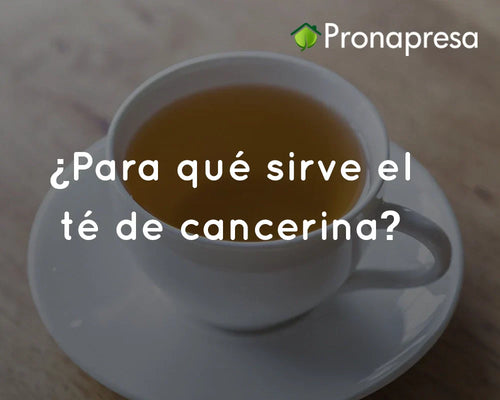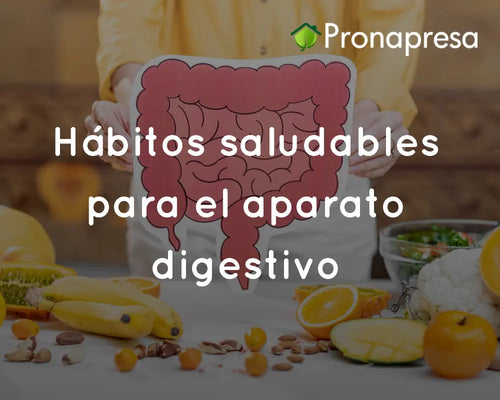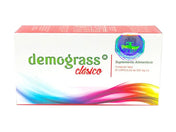
There are two main types of stroke:
- Ischemic stroke
- Hemorrhagic stroke
An ischemic stroke occurs when a blood vessel supplying blood to the brain becomes blocked by a blood clot. This can happen in two ways:
- A clot can form in an artery that is already very narrow. This is called a thrombotic stroke.
- A clot can break loose from another part of the brain's blood vessels, or from somewhere else in the body, and travel to the brain. This is called a cerebral embolism or embolic stroke.
Ischemic strokes can also be caused by a sticky substance called plaque that can clog arteries.
Well now we'll teach you how to give First Aid for a stroke, it can save a life.
“FAST” test
Finger placed near the eye, the FAST test is used for rapid diagnosis in first aid.
If you are facing a possible stroke, use the “FAST” test to remember the warning signs:
- Face: Does the person's face droop to one side when they try to smile?
- Arms: Does one arm drop lower when the individual attempts to raise both limbs?
- Speech: Can the person repeat a simple sentence? Do they slur or are they difficult to understand?
- Time: During a stroke, every minute counts. Call 911 immediately.
In addition to these symptoms, there are other characteristic signs of a stroke that appear suddenly. Some of these include:
- Weakness or numbness on one side of the body.
- Blurred vision or loss of vision, particularly in one eye.
- Severe headache with no apparent cause.
- Dizziness, unsteadiness, or fainting.
- First aid in case of heart attack
- If the person is unconscious and unresponsive to touch or speech, place them face up and elevate their chin with one hand. Also check for breathing by placing your ear close to their mouth, listening to their chest, and feeling for breathing. If they are not breathing, begin resuscitation.
CPR or cardiopulmonary resuscitation
Representation of the CPR technique.
In the event of cardiorespiratory arrest, CPR can help save lives.
Cardiopulmonary resuscitation is a lifesaving procedure performed when we encounter a victim in cardiac arrest. It's worth noting that sometimes a first aid course is necessary to know what maneuvers to perform. However, knowing basic CPR techniques will be useful for everyone, as an emergency of this nature can happen at the most unexpected moment, and anyone can be a victim.
CPR consists of two alternating phases:
Chest compressions: These maintain blood circulation.
- Mouth-to-mouth resuscitation: This provides oxygen to the victim.
- First, we'll perform chest compressions to keep blood flowing through the organs. To do this, kneel next to the patient and place the heel of our hands (the wrist) in the center of the victim's chest. Then, place the heel of our other hand on top of the first and interlace our fingers. At a rate of 100 to 120 compressions per minute, we'll perform 30 compressions.
- Next, we need to perform mouth-to-mouth resuscitation or rescue breaths. You should perform two breaths, and you should see how the chest inflates to assess whether you're doing it correctly.
What not to do in the event of a stroke?
- Often, in an attempt to help the victim, we do things that make the situation worse. We should not try to alleviate the symptoms we've seen before, as we would be wasting our time if they are signs of an accident or stroke. Likewise, we should not give any food or drink to someone who may be experiencing a potential stroke.
How to prevent a stroke?
As always when it comes to health, prevention is key. Some risk factors for stroke include:
- Having high blood pressure.
- Having had a stroke before.
- Smoke.
- Suffering from diabetes of any type.
- Suffering from heart disease .
- Age.
Therefore, the main way to prevent strokes is to avoid the risk factors mentioned above, as well as other harmful practices. For example, in addition to avoiding tobacco, it is advisable not to abuse alcohol or self-medicate.
In addition, it's also advisable to maintain a healthy weight, engage in daily physical activity, and maintain a balanced diet. Another tip is to monitor your blood pressure frequently, as well as your blood glucose and cholesterol levels.
If a person has suffered an accident or stroke, immediate medical attention should be sought, as it is a serious emergency. The sooner treatment is administered, the better the chances of minimizing the damage.
A final recommendation is to have a medical checkup annually, or every six months for older adults. If your doctor has prescribed a treatment, follow it as directed.



